The types of optical fibers vary, directly leading to different transmission modes. Based on these differences, fiber optic patch cords can be clearly divided into two main categories: single-mode fiber optic patch cords and multi-mode fiber optic patch cords.




1. The core diameter and outer jacket color of fiber optic patch cords are important characteristics for distinguishing their types
OM1 multi-mode fiber optic patch cords have a core diameter of 50 µm or 62.5 µm and are designed for 850/1300 nm wavelengths, with a full injection bandwidth of over 200/500 MHz.km. These patch cords typically have a bright orange outer jacket for easy identification.
OM2 multi-mode fiber optic patch cords are also suitable for 850/1300 nm wavelengths but have a full injection bandwidth of over 500/500 MHz.km. They also have a core diameter of 50 µm or 62.5 µm, and their outer jacket color is the same as OM1, which is orange.
OM3 multi-mode fiber optic patch cords are optimized for 850 nm lasers, with a core diameter of 50 µm. The outer jacket of these patch cords is usually an aqua blue, which stands out from other types of fiber optic patch cords.
OM4 multi-mode fiber optic patch cords are similarly optimized for 850 nm lasers and have a core diameter of 50 µm. The outer jacket color is purple, which is both eye-catching and unique, aiding in quick identification in complex environments.
OM5 fiber optic patch cords are an innovative type that supports 850/1300 nm wavelengths and can support at least four wavelength transmissions. Their outer jacket color is a fresh lime green, adding a new hue to the fiber optic patch cord family.
Finally, OS2 fiber optic patch cords are designed for a specific wavelength (1550 nm) and have a maximum attenuation value of 0.4 dB/km. Their outer jacket is typically yellow, a bright color that helps visually distinguish them from other types of fiber optic patch cords.

2. Detailed Explanation of the Functions and Features of Fiber Optic Patch Cords
OM1 fiber optic patch cord: It has a larger core diameter and numerical aperture, providing excellent light-gathering capability and bend resistance. These characteristics enable OM1 fiber optic patch cords to reliably transmit optical signals in various application scenarios.
OM2 fiber optic patch cord: With a relatively smaller core diameter and numerical aperture, it effectively reduces modal dispersion in multimode fiber, significantly increasing bandwidth. Meanwhile, its production cost is about one-third lower, offering high cost-effectiveness.
OM3 fiber optic patch cord: Designed with a flame-retardant jacket, it not only prevents the spread of flames but also effectively blocks the release of smoke, acidic gases, and toxic fumes. Additionally, it fully meets the demands of 10 Gb/s transmission rates, allowing optical transmission distances up to 300 meters in 10 Gb/s Ethernet using 850 nm VCSEL.
OM4 fiber optic patch cord: Developed specifically for VCSEL laser transmission, it has more than double the effective bandwidth of OM3. In the same network environment, OM4 fiber optic patch cords can reach transmission distances of up to 550 meters, demonstrating excellent performance. When using MPO connectors, they can even achieve 100 GB data transmission over distances of up to 150 meters.
OM5 fiber optic patch cord: Utilizing WDM (wavelength division multiplexing) technology from single-mode fibers, it significantly extends the available wavelength range for network transmission. It features an 8-core multimode fiber design, with 4 cores for sending signals and 4 cores for receiving signals. Each fiber can transmit 4 wavelengths, with each wavelength supporting transmission rates of up to 25 Gbps, resulting in a data transmission capacity of 100 Gbps per fiber. This innovative design not only reduces network cabling costs but also offers backward compatibility with OM3 and OM4 cabling, greatly facilitating network expansion.
OS2 fiber optic patch cord: Compared to standard multimode fiber optic patch cords, OS2 single-mode duplex fiber optic patch cords exhibit superior performance, especially in long-distance data transmission, offering higher cost efficiency. Typically used with FHD fiber optic patch panels, they can achieve transmission distances exceeding 1 km, meeting various complex cabling needs. OS2 fiber optic patch cords include both single-mode simplex and single-mode duplex types, with duplex being more widely used due to its broader application range.

3. Diverse Applications of Fiber Optic Patch Cords
For many years, OM1 and OM2 fiber optic patch cords have dominated indoor applications within buildings, reliably supporting Ethernet transmission up to 1 GB and providing a solid foundation for various internal networks.
With the rapid growth in data volume, OM3 and OM4 cables have gradually become the preferred cabling solutions for data centers. They support high-speed Ethernet transmissions up to 10G, and even 40/100G, ensuring efficient operation and smooth communication in data centers.
OM5 fiber optic patch cords, with their thicker protective layer design, play a crucial role in connections between optical terminals and terminal boxes. They are widely used in optical communication systems, fiber access networks, fiber data transmission, and local area networks, providing reliable connectivity solutions for complex network environments.
OS2 fiber optic patch cords, with their superior performance and adaptability, have become the ideal choice for high-density cabling environments in data centers, CATN, FTTH, WDM/DWDM, passive optical networks, and more. They meet the cabling needs of various scenarios, ensuring efficient and stable network operation.

From the initial OM1 multimode fiber to today's multimode fibers supporting 100G/200G/400G, the continuous development of multimode fiber technology has witnessed the rapid advancement of network technology.
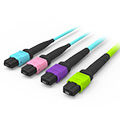
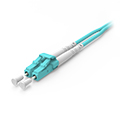
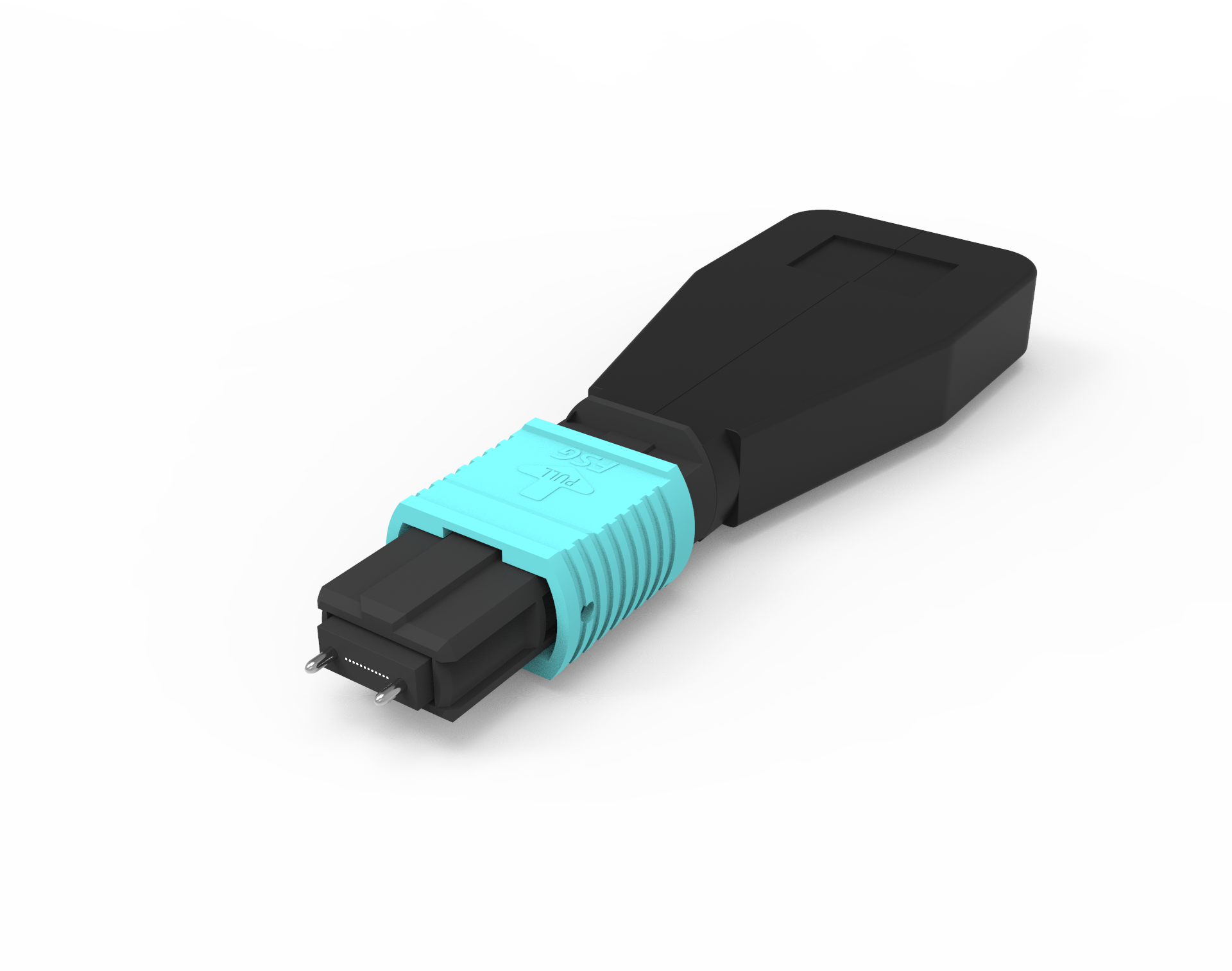
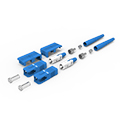
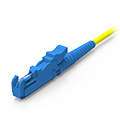
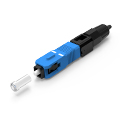
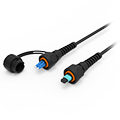
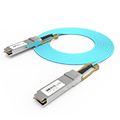
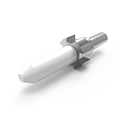
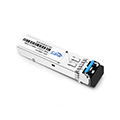
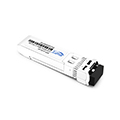
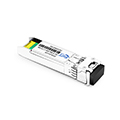
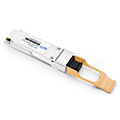
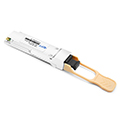

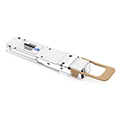
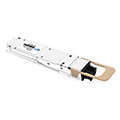
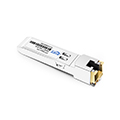
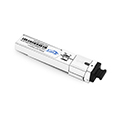
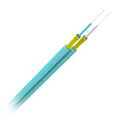
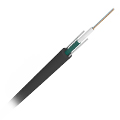
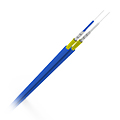
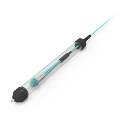
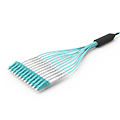
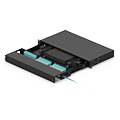
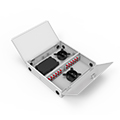
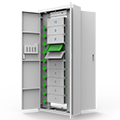
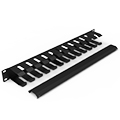
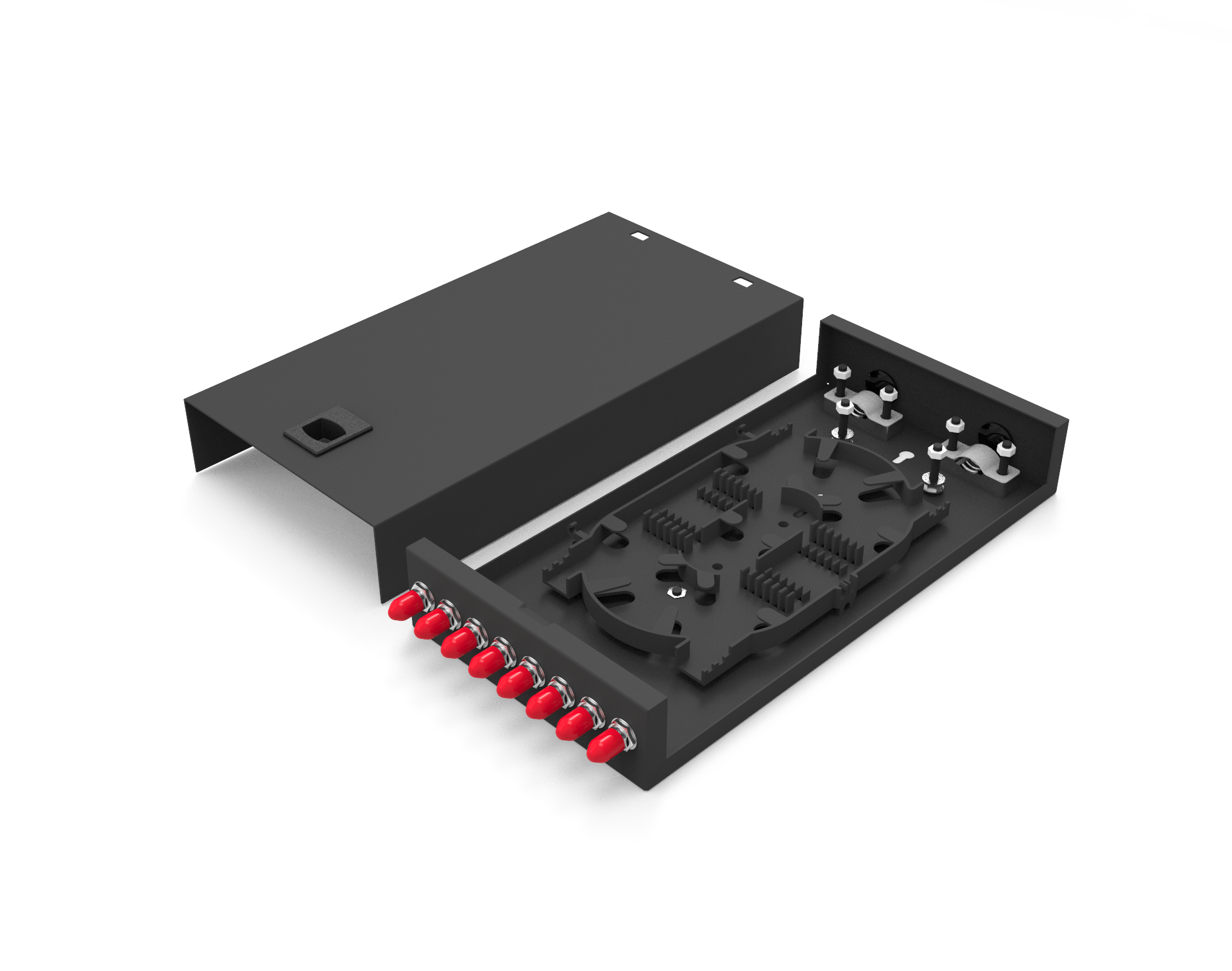
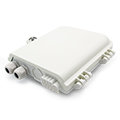
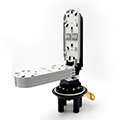
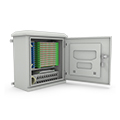
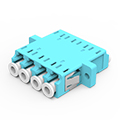
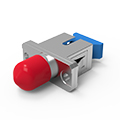
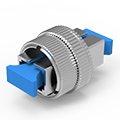
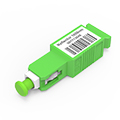
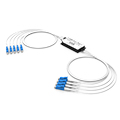
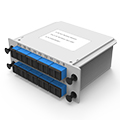
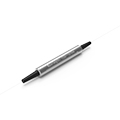
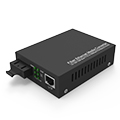
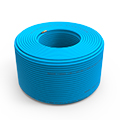
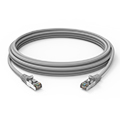
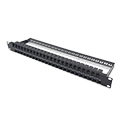
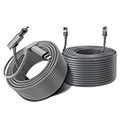
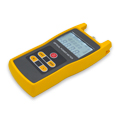
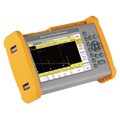
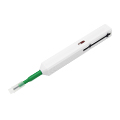
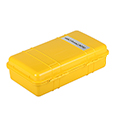
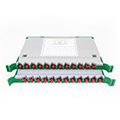
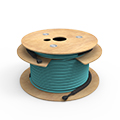








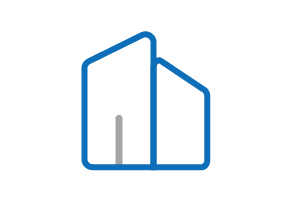









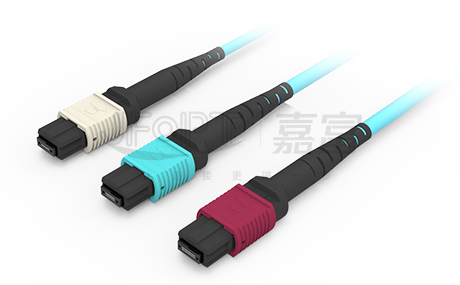
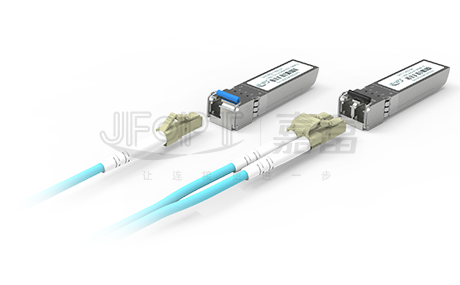
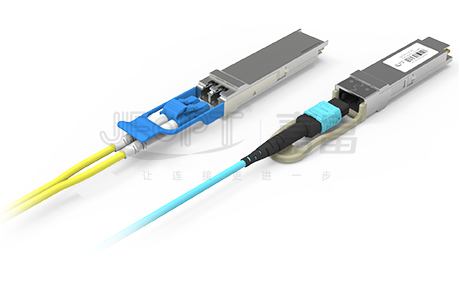
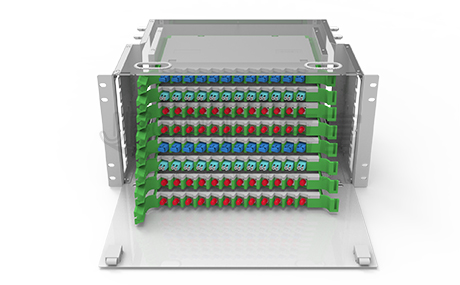
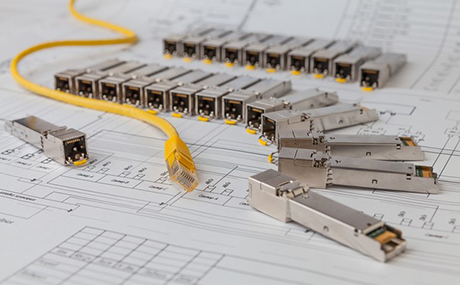
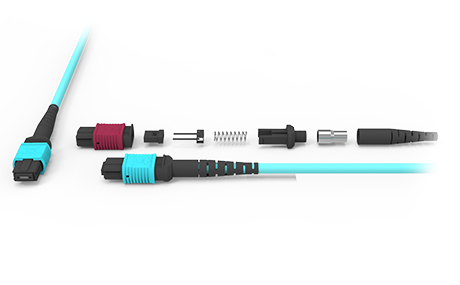
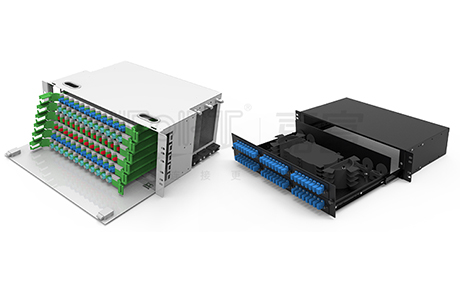
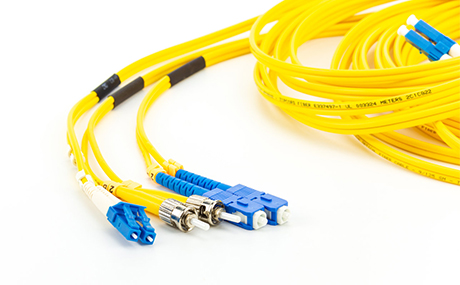
 Ann
Ann












